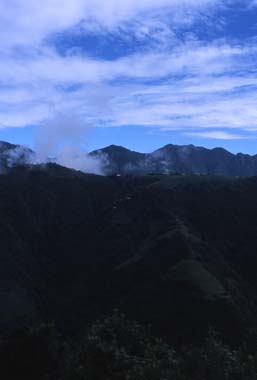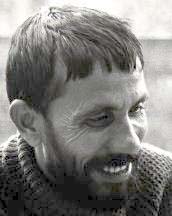
 |
CHIPKO: A case study in CIVIL DISOBEDIENCE Ryan Redmond |
|
From its inception, Christa McAuliffe Regional Charter Public School, a middle school in Framingham, Massachusetts has supported and developed a unique curriculum in Peace Studies. It is fitting in that, all told, it is a curriculum which utilizes both the nuts and bolts of daily, lived life as well as case studies from society at large, historical or contemporary, as material. For these reasons, it is a curriculum which, at least in terms of subject matter, engages students on a number of levels. For each grade level, the Peace Studies curriculum has a distinct focus. Broken down into its grade level constituent parts, the curricular focus of 6th grade is Conflict Resolution; in 7th grade, it is Civil Disobedience and Nonviolence; and in 8th grade, the focus is Law and Order. OVERVIEW OF UNIT
The unit presupposes introductory work done on the themes and definitions of civil disobedience, nonviolence and law and order. It also presupposes investigation of forestry, trends in forest cover around the world and worldwide issues around control of forest resources. In addition, there are materials necessary for completing the course of study as it's currently mapped out. Browsing through the various activities will inform you of what books and materials are necessary. Many of the materials needed come directly are web-based, but not all. At its center, this unit looks at the circumstances surrounding one reaction to conflict, in this case a nonviolent, civilly disobedient reaction. Also at its center is the question of who decides how land, and its resources, are to be used. This in and of itself is a massive and massively important question and one which could lead to a fuller course of study, an exciting and rich one at that. So, while the unit is focused on Chipko Andolan, or "hug the tree movement," this unit of study also addresses two other interesting tangential subjects: north Indian miniature painting (hardly tangential) and the much more related topic of community forestry in Nepal. Of course, what appears on these pages is merely an introductory outline and should, and must, be further developed according to interests, needs, curiosities and the necessity for fullness and comprehensiveness. Links below, and to the upper left hand side of the screen, will lead you through the site. Activity One: Reading a Chipko Story
|
This site was created by Ryan Redmond at the NEH Summer Institute "Cultures and Religions of the Himalayan Region," held at the College of the Holy Cross, Summer 2006
